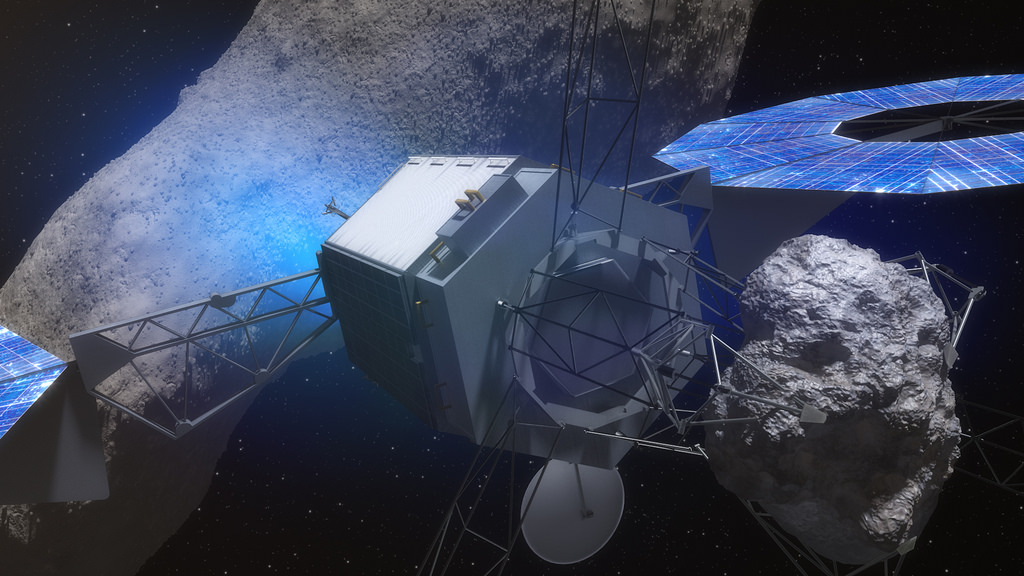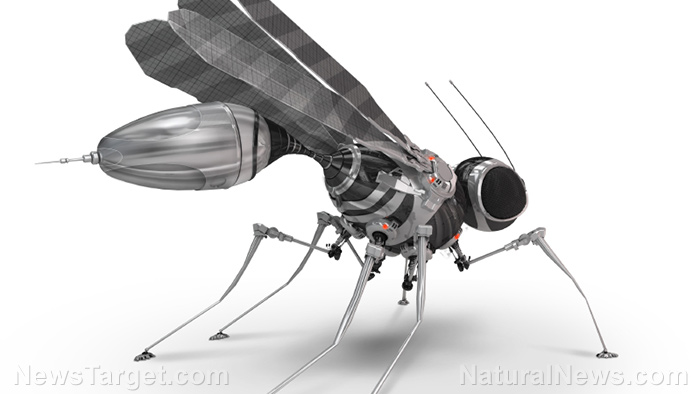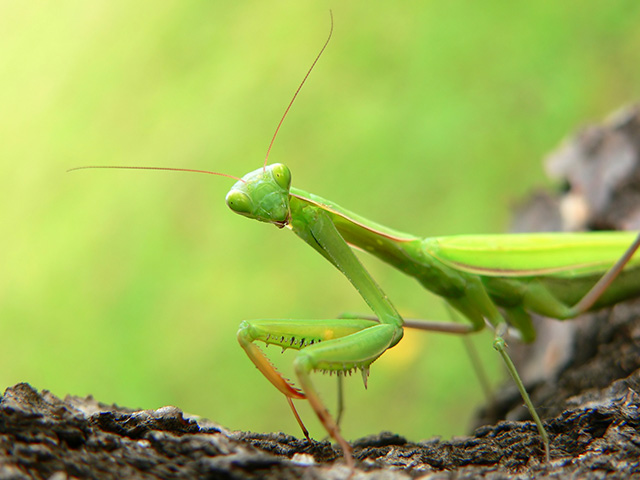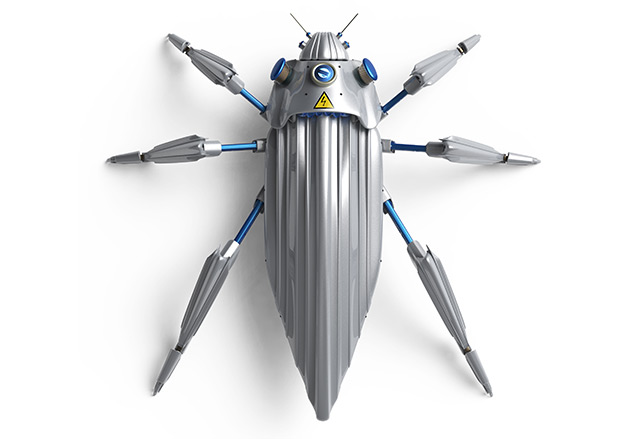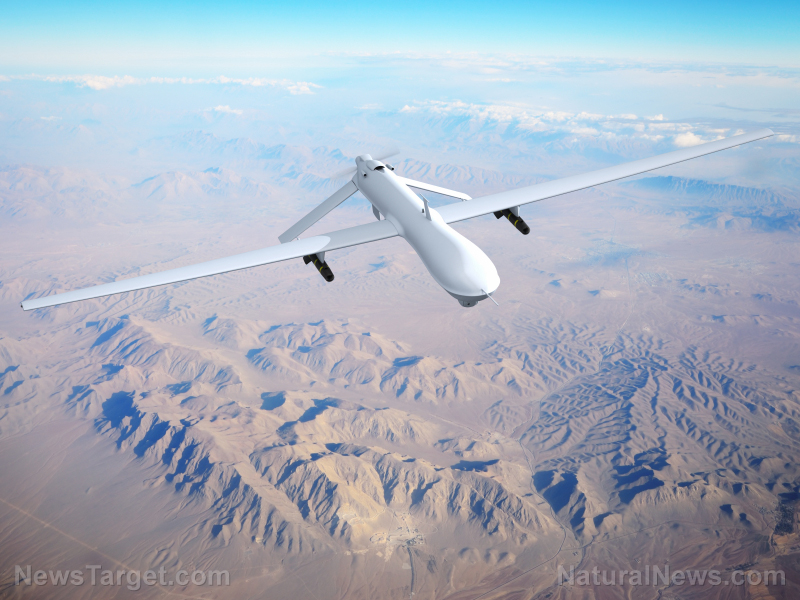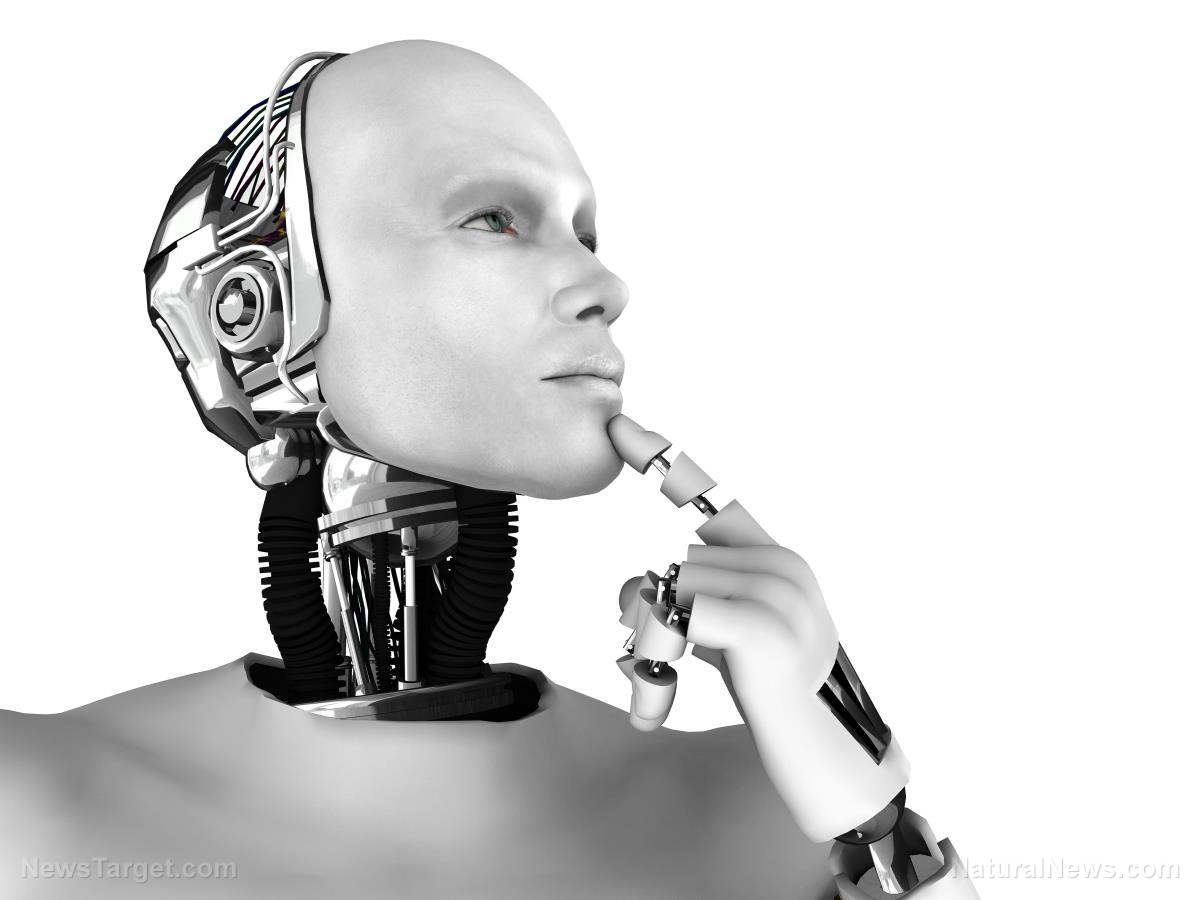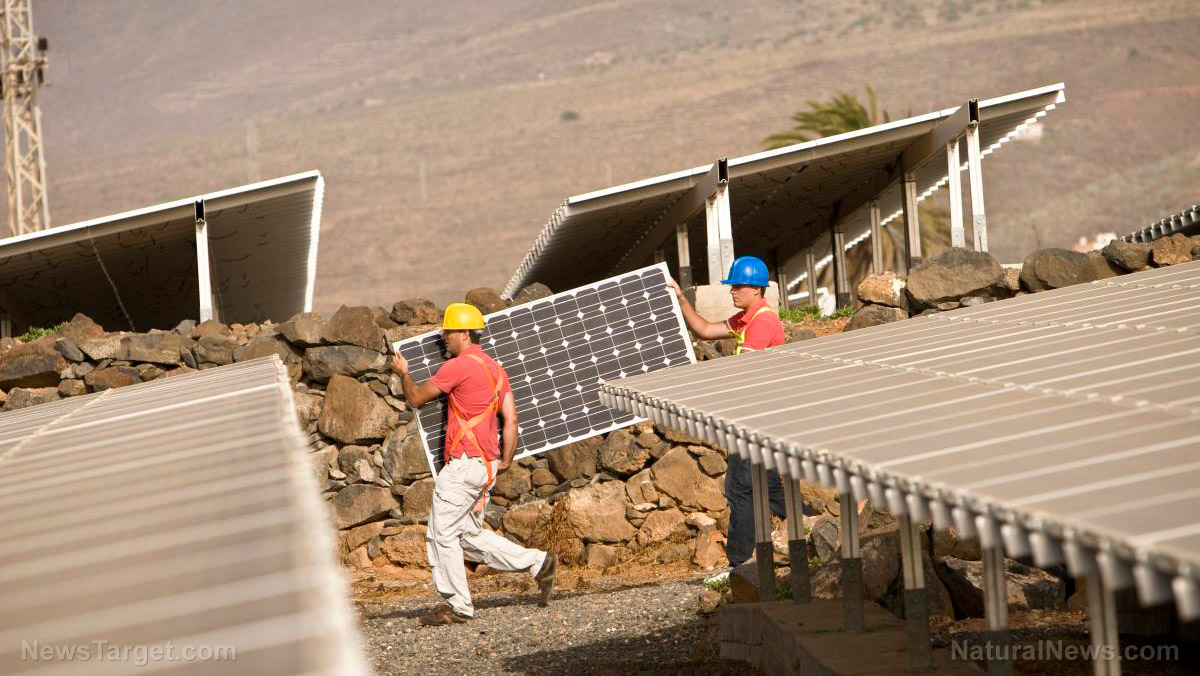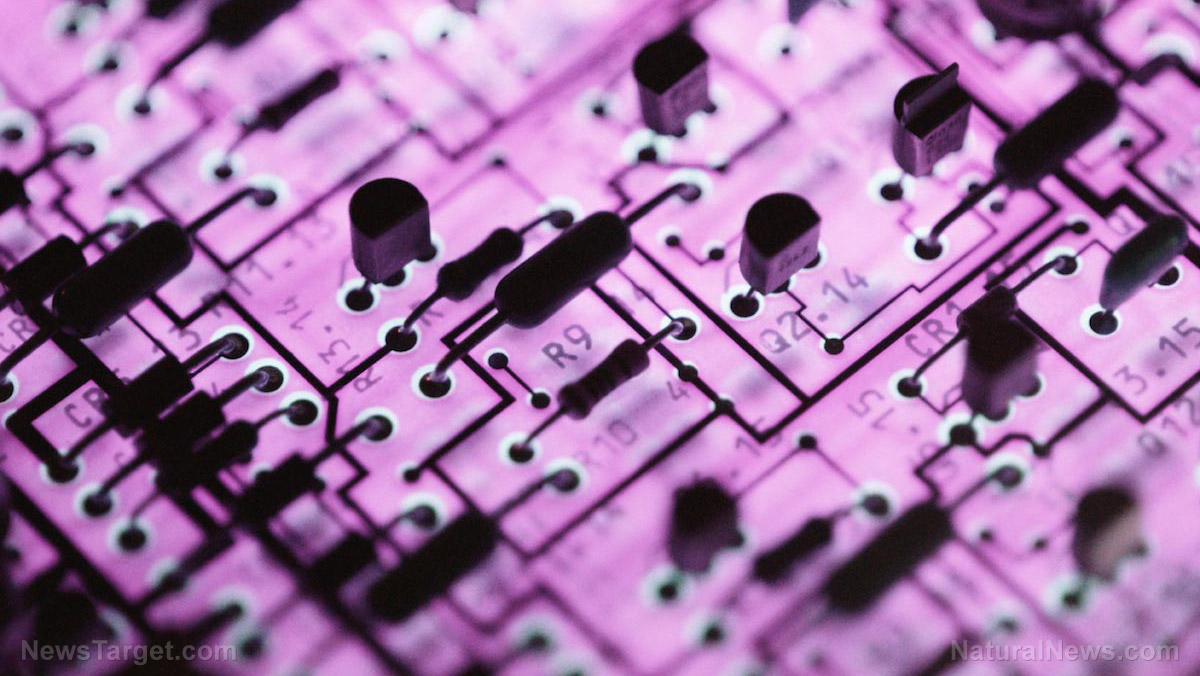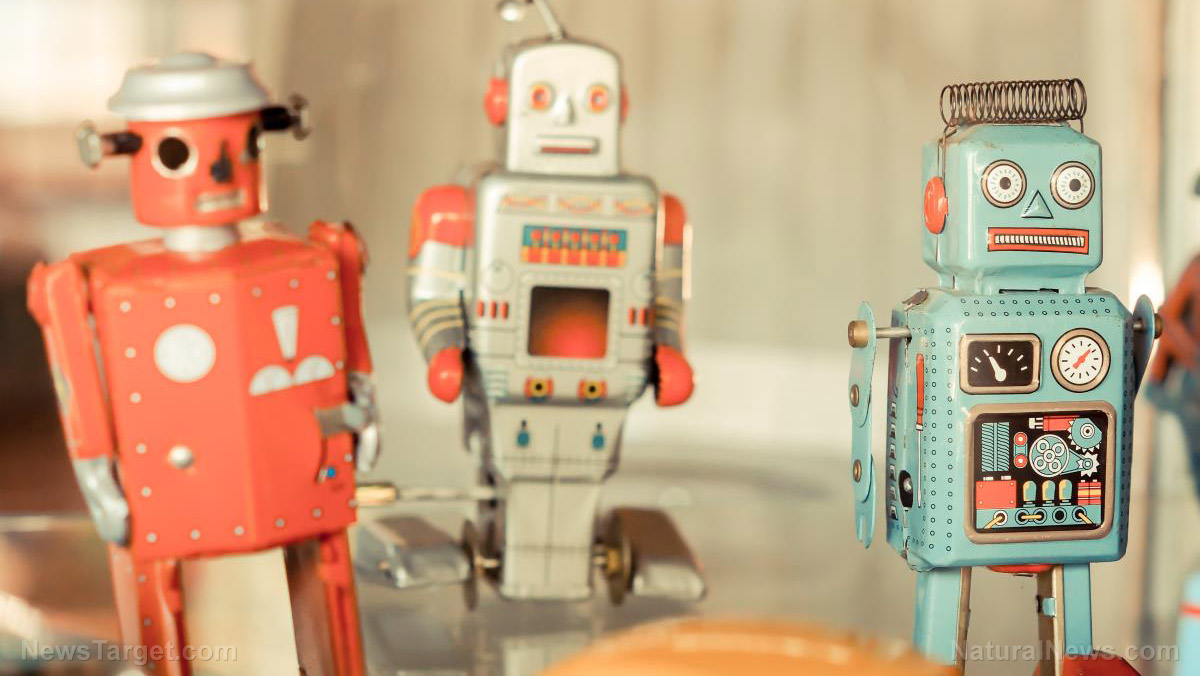You are probably familiar with films such as Armageddon, telling stories of the human race nearly being wiped out by impacts from asteroids.
(Article by Abigail Beall)
But a project funded by Nasa is developing a way to turn such asteroids from a threat into something useful, namely spaceships that can help defend the planet.
The project, named Reconstituting Asteroids into Mechanical Automata (RAMA), aims at working out a way to turn the rocks into basic spacecraft using robots.
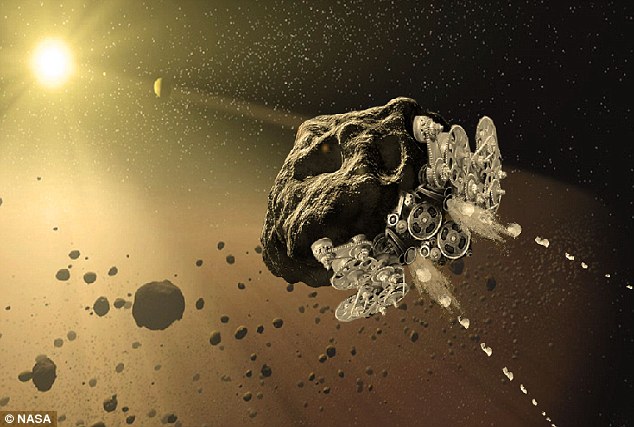
A new project, named Reconstituting Asteroids into Mechanical Automata (RAMA), aims to develop a way to turn the rocks into basic spacecraft using robots. It has just been awarded funding from Nasa to work on the first nine months of feasibility tests
The idea is that a set of technically simple robotic processes will be developed that can convert asteroid elements into very basic versions of spacecraft subsystems.
‘Upon completion, the asteroid will be a programmed mechanical automata carrying out a given mission objective,’ said James Dunn, co-founder of Made in Space, the US based space-manufacturing company working on the project.
A strike from a mid to large sized asteroid or comet, or near-Earth orbit (NEO) would have catastrophic effects around the world.
It’s widely thought that a comet strike spurred the extinction of the dinosaurs.
Mr Dunn said the missions will include ‘relocation to an Earth-Moon libration point for human rendezvous or perhaps to set an Earth-threatening NEO on course to the outer solar system and out of harm’s way.’
Mr Dunn hopes this project will add to Nasa’s ongoing work to keep an eye on NEOs and potentially defend from them.
Earlier this year the space agency set up the Washington based Planetary Defense Coordination Office, which will spearhead the ongoing search for asteroids and comets passing near Earth’s orbit, and will work with disaster relief agencies to develop emergency response plans.
The space agency said there are no known threats to date, but near approaches in the recent past are reminders of the potential hazards.
Each year, roughly 1,500 near-Earth objects (NEOs) are identified, and more than 13,500 have been discovered since the Nasa-funded searches began in 1998.
Nasa has already identified more than 90 per cent of NEOs larger than 0.62 miles (1km), and has turned its sights on smaller, football field-sized objects.
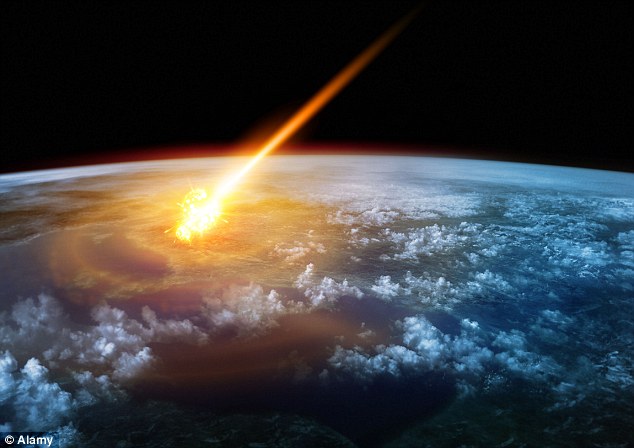
Each year, roughly 1,500 near-Earth objects (NEOs) are identified, and more than 13,500 have been discovered since the Nasa-funded searches began in 1998. RAMA could help turn asteroids into spaceships that could set an Earth-threatening NEO (artist’s impression) on course to the outer solar system

In the 1998 film Armageddon, Nasa recruits a team of deep core drillers to save the planet after discovering that an asteroid is going to impact Earth in less than a month. The new project funded by Nasa hopes to take asteroids and turn them into spaceships that could save Earth from collisions
The project hopes to fulfill these goals within the next 20 to 30 years, Mr Dunn said.
RAMA is one 13 proposals chosen by Nasa through its Innovative Advanced Concepts (NIAC) program which invests in the development of pioneering technologies.
‘The latest Nasa Innovative Advanced Concepts selections include a number of concepts for planetary and robotic exploration,’ said Steve Jurczyk, Nasa’s associate administrator for the Space Technology Mission Directorate.
‘Nasa continues to value early stage concept studies for our future missions.’

Some of the other selected projects include a concept for reprogramming microorganisms that could use Mars’ environment (far left) a 2D spacecraft that wraps around space debris (far right), and a method of computational imaging that uses extrasolar intensity fluctuations to detect ‘echoes’ (second from left)
Some of the other selected projects include a concept for reprogramming microorganisms that could use the Martian environment to recycle and print electronics and a 2D spacecraft with ultra-thin subsystems that can wrap around space debris to enable de-orbiting.
A third idea proposes a method of computational imaging that uses extrasolar intensity fluctuations to detect ‘echoes’ from planets and structures orbiting a distant star.
Each of the projects have been given $100,000 (£70,347) for nine months to support the initial definition and analysis of their concepts.
If these basic feasibility studies are successful, the projects can apply for a second phase of the awards, valued up to $500,000 (£351,738) for two more years of concept development.
Read more at: dailymail.co.uk
